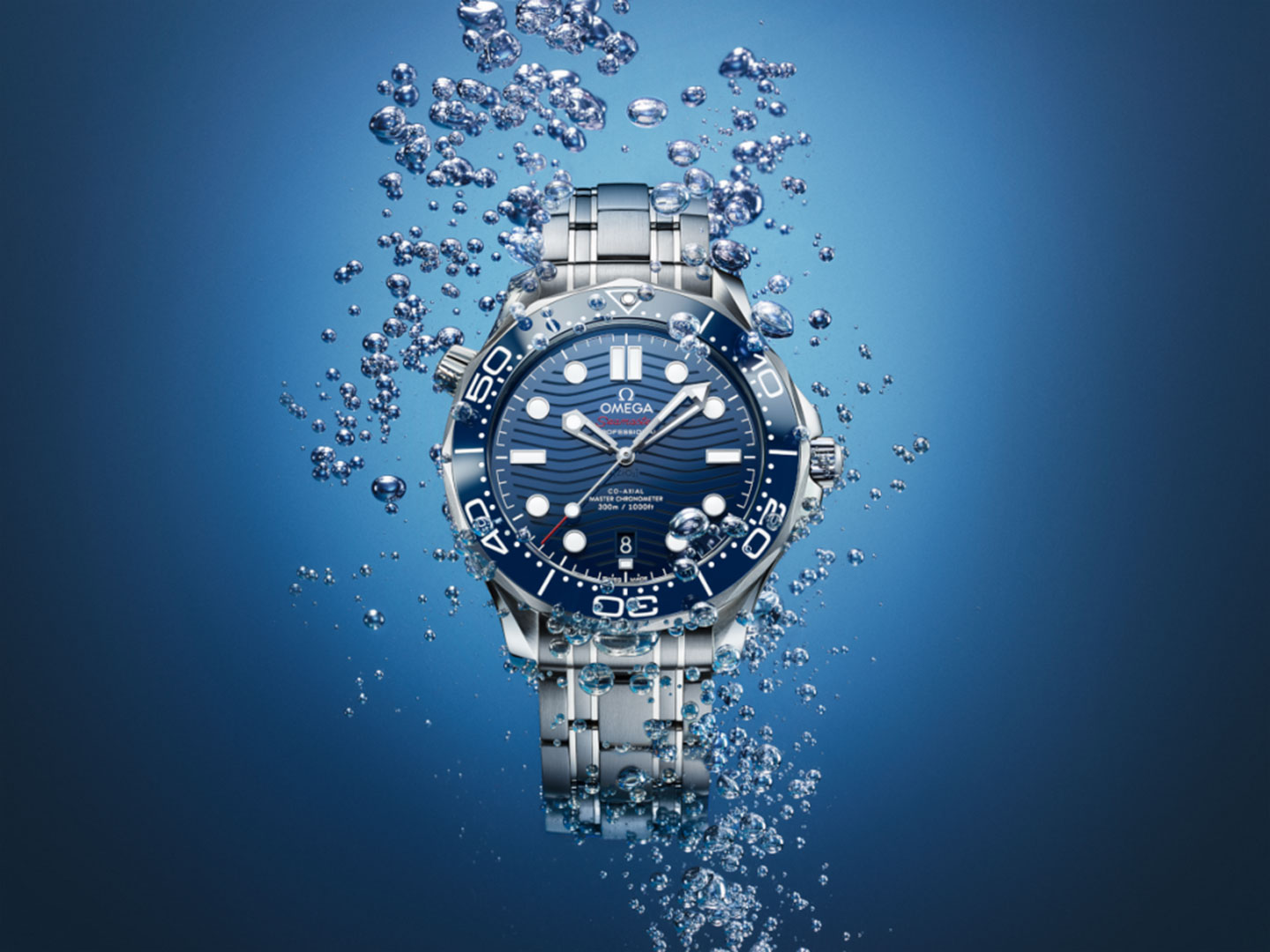For decades, dive watches have symbolized precision, durability, and adventure. From their functional origins to their status as luxury icons, the journey of diving watches reflects humanity's quest to conquer the oceans. In this article, we explore the history of dive watches, key milestones in their development, and how they became essential tools for professionals and style statements for enthusiasts.
Early Beginnings: The Birth of Waterproof Timepieces (1920s-1930s)
The story of dive watch evolution begins in the early 20th century, when waterproofing technology was rudimentary. In 1926, Rolex revolutionized horology with the Oyster case, the first truly water-resistant watch. While not a dedicated dive watch, its hermetic sealing laid the groundwork. Meanwhile, brands like Omega experimented with submersible designs, such as the 1932 Omega Marine—one of the earliest watches tested underwater.
World War II: Military Demand Drives Innovation (1940s)
The need for reliable underwater timing tools during WWII accelerated dive watch development. The Italian Navy commissioned Panerai to create the Radiomir in 1938, featuring luminescent dials for low-light visibility. Later, Rolex partnered with the British military to prototype watches capable of withstanding depths beyond 100 meters. These wartime innovations set the stage for commercial dive watches.
The Golden Age of Dive Watches (1950s-1960s)
The 1950s marked the rise of iconic dive watch models still celebrated today:
Blancpain Fifty Fathoms (1953): Designed for French combat divers, it introduced a unidirectional rotating bezel to track dive times—a feature now standard.
Rolex Submariner (1954): With a 100-meter depth rating (later increased to 300m), it became synonymous with exploration, famously worn by James Bond.
Omega Seamaster 300 (1957): Built for professional divers, its helium escape valve addressed saturation diving challenges.
This era also saw ISO standards emerge, mandating dive watch features like legibility, magnetic resistance, and shockproofing.

Technical Breakthroughs: From Professional Tools to Mainstream Icons (1970s-1990s)
Advancements in materials and engineering transformed dive watches:
Seiko's 1975 Professional Diver's 600m featured titanium for lightweight durability.
Citizen Promaster Aqualand (1985) integrated electronic depth sensors, blending analog and digital tech.
Doxa's SUB 300T introduced non-decompression dive tables on bezels.
The 1980s "quartz crisis" temporarily shifted focus, but mechanical luxury dive watches resurged as collectibles in the 1990s.
Modern Dive Watches: Cutting-Edge Tech Meets Timeless Design (2000s-Present)
Today’s best dive watches combine heritage with innovation:
Rolex Deepsea Challenge withstands 11,000 meters—surpassing Mariana Trench depths.
Omega Seamaster Planet Ocean uses Master Chronometer certification for extreme accuracy.
Seiko Prospex LX series employs Spring Drive technology for seamless motion.
Smartwatches like the Garmin Descent MK3 now cater to tech-savvy divers, while retro-inspired reissues (e.g., Blancpain Fifty Fathoms 70th Anniversary) honor classic designs.
Why Dive Watches Remain Timeless
From tool to treasure, diving watches endure due to:
Robustness: Built to survive extreme conditions.
Legibility: High-contrast dials and luminescent markers.
Versatility: Equally at home underwater or paired with formal attire.
#CustomDiverWatch #DiveWatchManufacturer #OEMDivingWatch #DiveWatch

 Home
Home Gezfeel
Gezfeel May 27 2025
May 27 2025



 Address: Room 405, Building A, Qianhai Zhichuang Technology Industrial Park, No.60 Nanchang Road, Nanchang Community, Xixiang Street, Baoan District, Shenzhen, China
Address: Room 405, Building A, Qianhai Zhichuang Technology Industrial Park, No.60 Nanchang Road, Nanchang Community, Xixiang Street, Baoan District, Shenzhen, China

